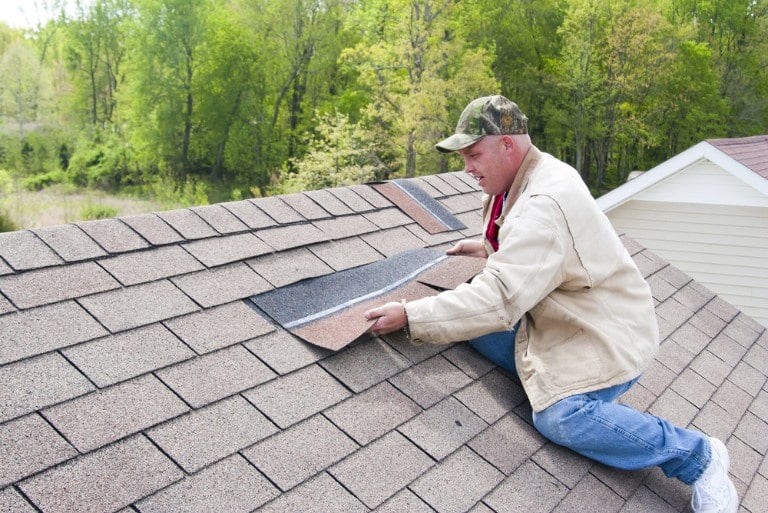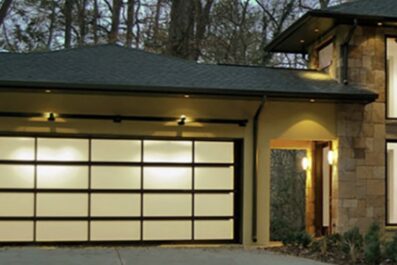Roof Maintenance Tips for Homeowners

Taking care of your roof is one of the most critical responsibilities of homeownership. Routine roof maintenance doesn’t just help you avoid expensive repairs—it also ensures your family’s comfort and safety. Protecting your investment means partnering with trusted professionals, such as a roofing company, and adopting key maintenance habits throughout the year.
Roofs endure the brunt of seasonal storms, wildlife activity, and temperature changes. If left unchecked, minor issues like loose shingles or clogged gutters can escalate into costly structural problems. From insulation tips to gutter care, knowing how to maintain your roof protects not only your home’s curb appeal but also its overall longevity.
Conduct Regular Inspections
Committing to regular roof inspections is the first line of defense against significant damage. Check your roof at least twice a year—once in the spring and again in the fall—to identify problems such as cracked or curling shingles, sagging areas, or signs of worn sealant. Don’t forget extra checks after severe storms or high winds.
Catching minor issues early can extend your roof’s lifespan and save you money. For more in-depth guidance, consult resources from This Old House on home maintenance routines. Adding a professional inspection every few years can also provide peace of mind and help uncover issues that might otherwise be missed. By combining DIY checks with expert evaluations, you create a stronger safeguard for your home.
Keep Gutters Clean
Gutters are designed to channel water away from your roof and foundation. When clogged with leaves, branches, and debris, water can back up and seep under roofing materials, leading to leaks, wood rot, and even foundation cracks. Clearing your gutters at least twice a year helps prevent these headaches. Downspout extenders can also direct water safely away from your property. Learn more about gutter safety and cleaning practices in this Angi article.
Regular upkeep not only protects your home but also preserves your landscaping from erosion and pooling water. Taking these simple preventive steps ensures your property remains structurally sound and visually appealing year-round.
Ensure Proper Attic Insulation and Ventilation
Your roof system and attic work together to keep your home comfortable and moisture-free. Adequate attic insulation decreases heat loss, lowering energy costs and reducing the risk of ice dams in winter.
Proper ventilation is equally crucial, ensuring fresh air circulation and preventing the growth of mold or mildew. Blocked vents or a lack of insulation can cause condensation and water damage, so regularly inspect these areas and upgrade as necessary to meet recommended insulation standards.
Trim Overhanging Tree Branches
Trees close to your home add beauty and shade, but can spell trouble for your roof if not properly maintained. Overhanging limbs may scrape shingles, dislodge flashing, or break and fall during storms.
Leaves and twigs increase the risk of gutter blockage and moisture retention, which accelerates roof wear and tear. Prune branches at least five feet away from your roofline to minimize these risks and maintain the health of your trees and the exterior of your home.
Apply Roof Sealant
Roof sealants provide a crucial protective barrier against water intrusion and harmful UV rays. Select a product suitable for your roof type—whether it’s asphalt shingles, metal, or flat roofs. Apply the sealant according to the manufacturer’s instructions, with a particular focus on vulnerable areas such as roof valleys, vents, and flashing. Regularly reapply as your roof ages or after major weather events for maximum durability.
Install Gutter Guards
Gutter guards offer a low-maintenance solution to debris buildup in your gutters. Mesh, foam, and brush guard systems allow water to flow while keeping out leaves, pine needles, and other debris, such as pests.
These protective barriers extend the time between necessary cleanings and help prevent water damage to fascia and soffits. Homeowners can often complete the installation, or you may opt for a professional service to ensure the best fit.
Perform Seasonal Maintenance
Each season brings unique challenges to your roofing system. In spring, look for damage caused by ice and wind; clean your gutters and downspouts. Summer’s intense sunlight can deteriorate shingles, so keep an eye out for early signs of curling or fading and check attic ventilation.
Fall calls for removing fallen leaves and trimming back any encroaching trees, while winter requires regular checks for ice dams and snow accumulation to prevent leaks and structural problems.
Schedule Professional Inspections
While DIY inspections are important, nothing matches the eye and expertise of a professional roofer. Annual check-ups by a licensed contractor can uncover hidden issues and offer solutions before they become major concerns.
Professionals are trained to identify subtle signs of wear or structural issues and can recommend cleaning, repairs, or even replacement if necessary. These proactive visits help you maintain a safe, attractive, and efficient home for years to come. Staying proactive with these roof maintenance habits not only keeps your home safe but also adds value and peace of mind for you and your family.




